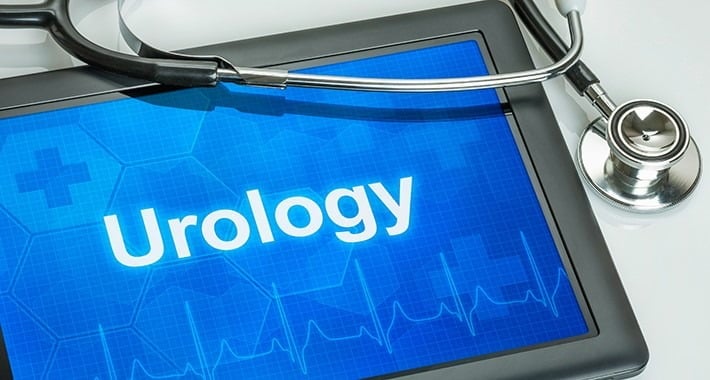I never thought I would see the day when several of my younger patients (under 40) would present to my clinic with varying complaints of sexual dysfunction. As a practicing urologist in the United States, I am very familiar with erectile dysfunction (ED) in older men. This typical ED is associated with organic etiologies such as hypertension, vascular or neurologic disease, or some other external pathology. However, I am treating a shockingly high number of men under the age of 40 for erectile dysfunction with absence of any pathology.
Previous 2002 meta-analysis suggested an ED prevalence in men under 40 to be only 2%.
The presentations vary quite significantly. Some young men present with the inability to have erections with their partner (able to have erection with porn). Other men are unable to orgasm during intercourse (only can orgasm with their hand). Some complain of low sex drive. Some of my patients are in tears questioning their sexuality. That is, many of my patients have developed vastly different sexual preferences from baseline. Also, patients complain of severely delayed ejaculation on one hand while another subset complain about premature ejaculation. Some of the more lucky guys who are able to have an erection sufficient for sex complain that their penis feels numb. They are experiencing less penile sensitivity and a severe reduction in sexual pleasure. Several patients say that they feel no intimacy with their partners. Further, they are unable to orgasm unless they are looking at porn or fantasizing about someone else or some other scenario. Tragically, a few patients have even contemplated suicide. Being able to start a family and have normal sex is expected for any healthy young man. When this expectation is not met, serious health consequences ensue. These presentations baffled me for I had not heard of any of these issues during medical school or during my residency.
I set out on a mission to shed some light on this most peculiar trend. I was surprised to find excellent research on a topic that I ashamedly knew nothing about. I did what most people do who want to know about something puzzling; I searched “Dr. Google.” Many of the sites that came up mentioned psychological causes of ED such as anxiety or depression. I was skeptical because anxiety and depression have been around for a long time. The question remained, “Why is there a new escalating trend of ED in young healthy men?” So, I dug deeper in my search and came across the website, yourbrainonporn.com. I was captivated after finding out that there is a correlation between porn use and sexual dysfunction. I was skeptical at first. Porn has been around for ages. After reading much of the suggested literature on that website, I began to realize a significant compelling connection. The turning point seems to be in 2006 with the birth of the internet “porn tube sites.” This enabled men to view porn with endless access and novelty at blazing speeds. I was ashamed because we as urologists would sometimes recommend pornographic material to “help” patients with their ED. Further, we the experts in male sexual dysfunction know next to nothing about this potential public health problem.
A substantial amount of research has emerged regarding this startling trend. Yes, good research! I have many colleagues who are skeptical and even doubt porn’s role in male sexual dysfunction (as well as female sexual dysfunction). I will highlight formal evidence below. I encourage all readers to find these primary articles and read them. You will find many scientific skeptics saying there is not enough research. There is a significant lag time with research and its ramifications in real time. Two good examples in recent history that highlight this inevitable lag are the clear harms of tobacco and sugar. To this end, we must act even if there is not “sufficient” evidence. Are we willing to gamble on our intimacy and sexual well being? I know that I am not willing to take that gamble.
Dr. Tarek Pacha DO, Urologist, Michigan Institute of Urology
References:
- Prins, J.; Blanker, M.H.; Bohnen, A.M; Thomas S.; Bosch, J.L.H.R. Prevalence of erectile dysfunction: A systematic review of population-based studes. Int. J. Impot Res 2002, 14, 422-432
- Porto, R. Male Masturbatiion Habits and Sexual Dysfunctions Sexologies; published 16 August 2016.
- Park, B. et al. Is Internet Pornography Causing Sexual Dysfunctions? A Review with Clinical Reports Behavioral Sciences; published 5 August 2016.
- Wéry, A. and Billieux, J. Online sexual activities: An exploratory study of problematic and non-problematic usage patterns in a sample of men Computers in Human Behavior 2016, 56, 257-66.
